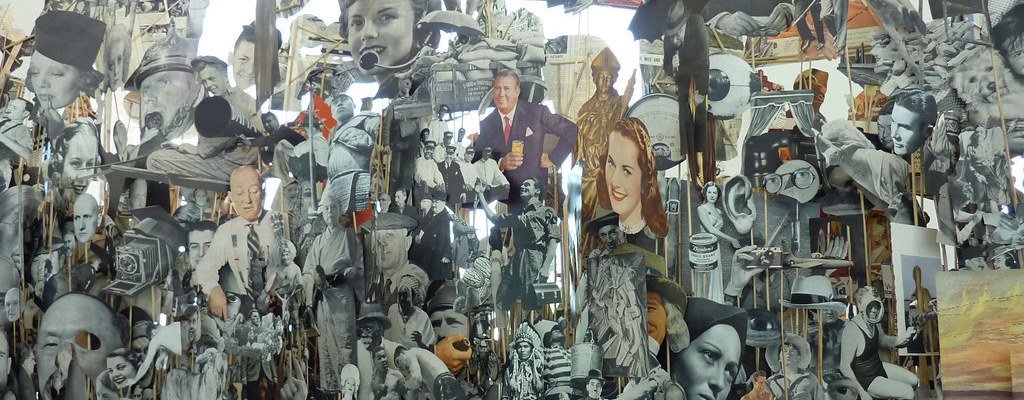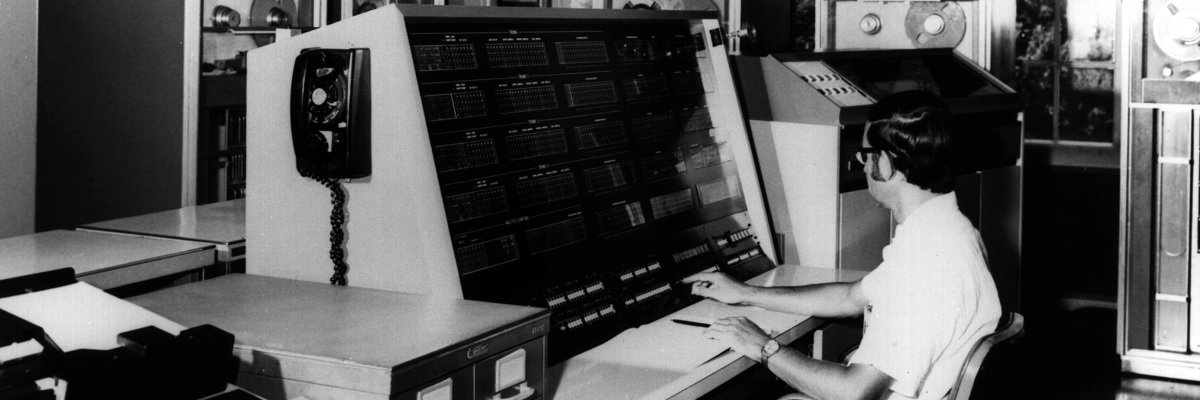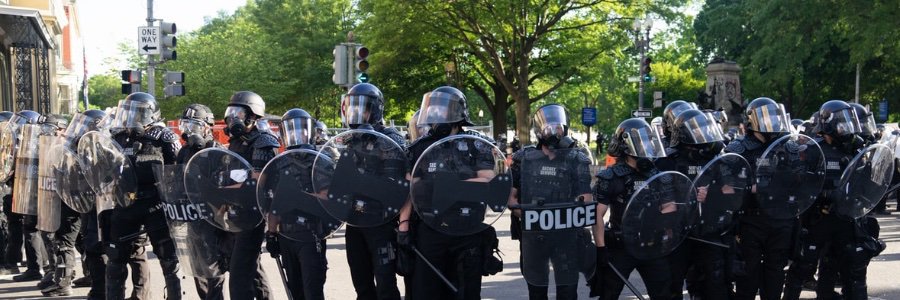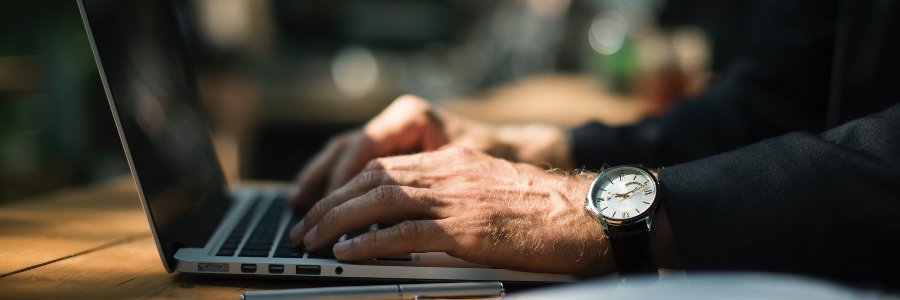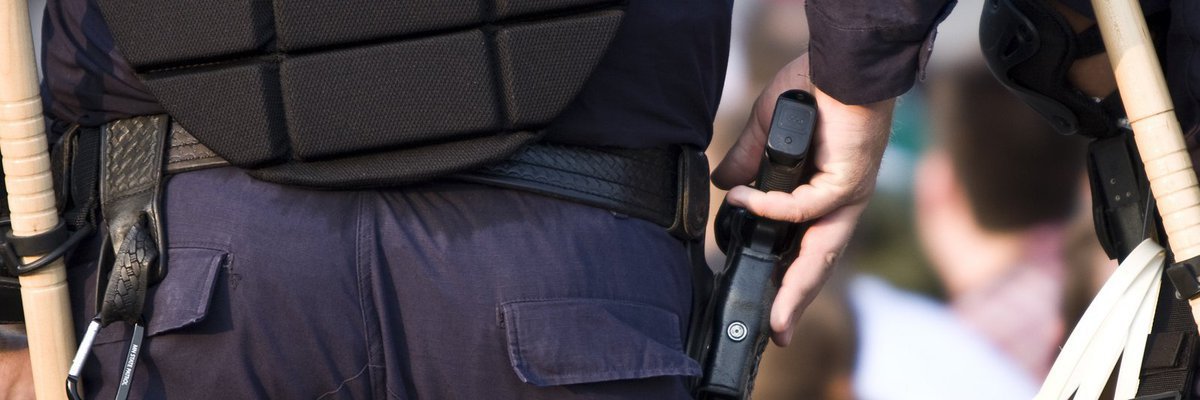A New York Times investigation recently introduced the country to Clearview AI, a small and secretive facial recognition company. Clearview says the foundation of their system is a 3 billion strong database of facial images pulled from social networks and the web. The investigation started with records requests by MuckRock and Open the Government, part of our work to keep tabs on those keeping tabs on us.
Police Surveillance: Facial Recognition in Your Backyard is a joint project between MuckRock and Open the Government. We have been investigating adoption of facial recognition technology nationwide.
Your input is important to our investigation. Add your city below and we’ll work to find out whether your local police department is using facial recognition technology. It’s fifteen seconds of effort. You assign us the task of filing public records requests and getting this public information, and we all get a better idea of how the use of facial recognition is being adopted and used where you live and around the country.
You can bring this investigation home by submitting your city to our Assignment.
Who has facial recognition tech now?
Police departments are target customers for facial recognition software. Plenty can be learned from from contracts or even sales pitches aimed at police departments (more at the end of this guide). Still, a police department passing on buying facial recognition software for themselves doesn’t mean they aren’t using it.
Sometimes a police department shares facial recognition abilities with another law enforcement agency. In Ohio, hundreds of police departments use the Ohio Law Enforcement Gateway (OHLEG) suite of tools that includes facial recognition. A system run by Pinellas County Sheriff in Florida for more than a decade is now shared among many other law enforcement agencies around the state. Police in Baltimore, Maryland use a shared facial recognition database housed by the state’s Department of Public Safety.
To find records related to facial recognition in these cases requires discovering which agency is responsible for housing the software. It is also important to ask is what kinds of rules, policies, and guidelines govern the use of this technology.
What can this equipment do?
The capacity for collecting, storing, and analyzing images is growing. Typically facial recognition identification is based on analyzing a face for particular measurements and ratios. The image is compared to a database of known or existing faces based on that model.
Facial recognition databases can rely on mugshots or drivers licenses for faces or, can be open-sourced from the streets and cyber highways of the United States. Clearview AI’s use of open source images is why their catalog of faces is, according to them, more than 3 billion faces strong.
Data Works is a facial recognition software company used by police in Chicago and Detroit with the capability to apply its facial identification in realtime to surveillance video. This allows police to watch live footage recorded by fixed cameras or even a roaming surveillance robot and identify individuals in a crowd like protestors or bystanders.
What we’ve learned so far
There is no clear sense of how widespread facial recognition use is nationwide, in part because the technology is constantly evolving and law enforcement agencies using this technology often don’t publicize that fact. We are cataloging which police departments use facial recognition technology, how they use it, and where the images come from.
Our first round of requests went out last winter to the largest police departments in America. At that time, agencies like Atlanta Police Department told MuckRock it didn’t have any such technology. When another round of requests was submitted six months later, things had changed and the documents APD released tipped us off to Clearview’s existence.
If you live somewhere without a huge police department there’s still a good chance your police department has been approached by a facial recognition company. Maybe it was at a trade show or a law enforcement conference. Perhaps it was a cold email. Or maybe it was by a company that sells the police department other equipment, like license plate readers.
Getting your hands on the sales pitches is helpful to better understand the claims these companies are making and the systems that police are using on behalf of Americans. Pitches are always happening, advertisements are always being circulated, and officers are frequently attending conferences where new surveillance tools are pitched and sold.
You can help.
You can help to expand our work and bring accountability to your community by asking us to take a look at how facial recognition is being used where you live.
Just submit the city below. We’ll handle the rest.
Kassel 2012 152 is licensed under CC BY-SA 2.0.
